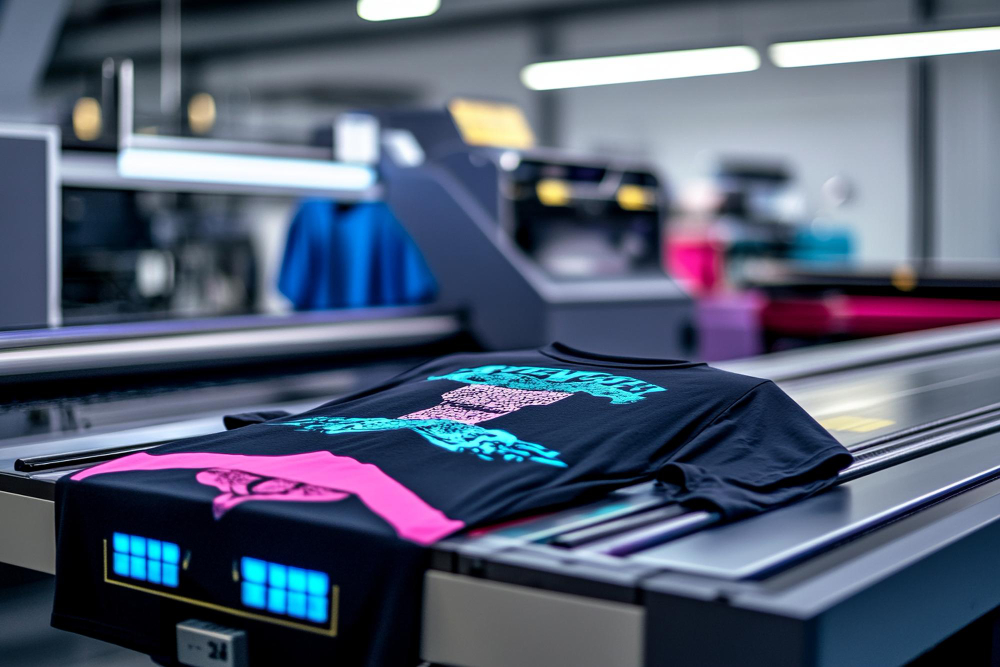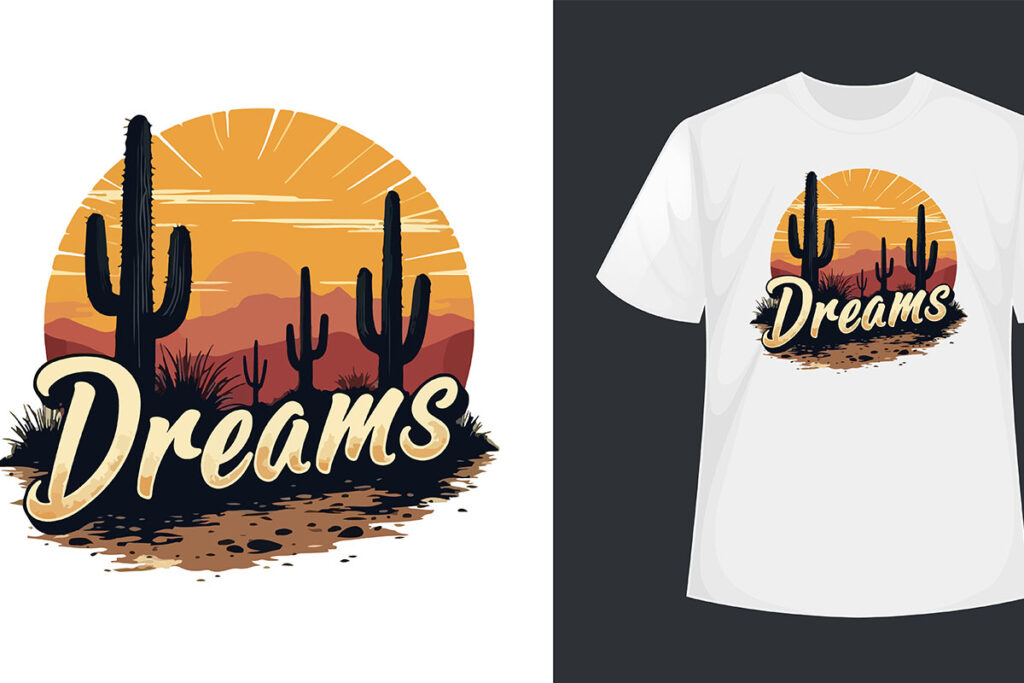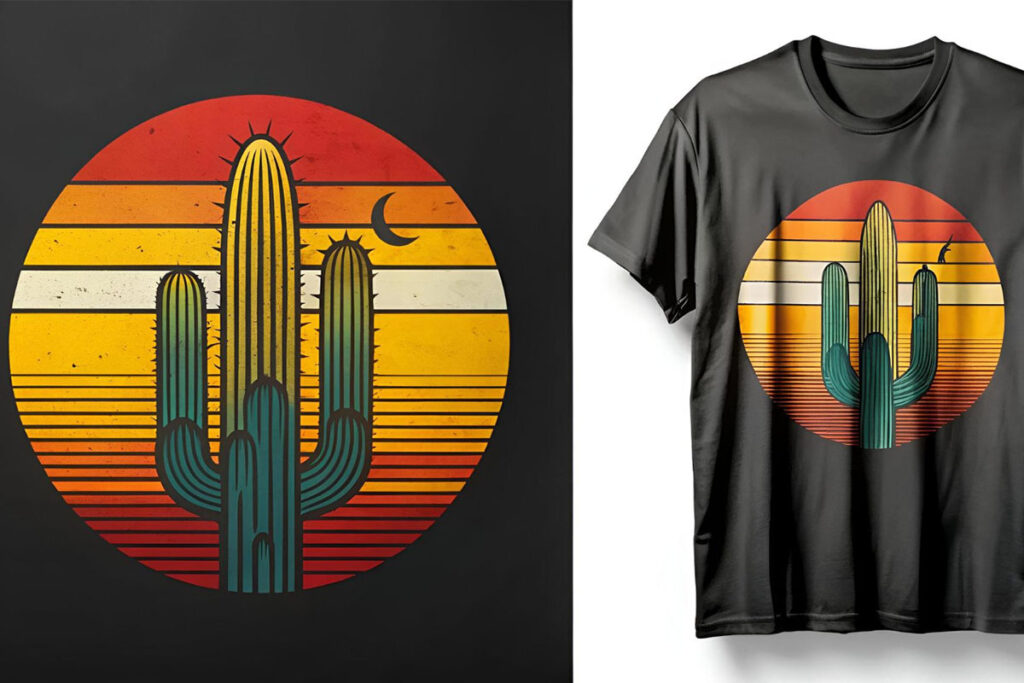In the fast-paced realm of fabric printing, **UV DTF printing** is emerging as a groundbreaking technology that is set to redefine how designs are produced and applied to various materials. This innovative printing method harnesses the power of UV printing technology and combines it with the precision of DTF printing, resulting in unparalleled vibrancy and detail in fabric graphics. As businesses and designers seek to create custom fabric printing solutions, UV DTF stands out with its ability to print on a diverse range of fabrics, catering to both personal and promotional needs. Furthermore, this technology emphasizes sustainable printing practices, utilizing eco-friendly inks that minimize environmental impact without compromising on quality. With the growing demand for efficient and versatile printing solutions, exploring UV DTF printing opens up a world of creative possibilities for fabric decoration enthusiasts and professionals alike.
Known by various names, such as UV direct-to-film printing, this technique blends cutting-edge UV technology with DTF methods to achieve exceptional results in the fabric printing industry. By directly applying vibrant inks onto materials via a film transfer process, this versatile system accommodates an array of fabrics, from natural fibers to synthetic blends. The sustainable printing aspect of this technology appeals greatly to environmentally conscious consumers and businesses eager to reduce their ecological footprint. Moreover, its capability for producing highly customizable designs makes it an attractive option for entrepreneurs looking to innovate in the competitive fabric market. As more people become aware of advantages like improved print quality and broader material compatibility, the popularity of this multifaceted printing technique continues to rise.
Understanding the Basics of UV DTF Printing
UV DTF printing, or Direct to Film printing with ultraviolet curing, is a fusion of innovative technologies that simplifies the process of fabric printing. By leveraging both UV printing’s quick-drying capabilities and the detailed transfer characteristics of DTF printing, manufacturers can achieve vibrant, high-quality designs on a variety of textiles. The UV component cures ink instantly under ultraviolet light, which not only improves processing speed but also enhances the durability and washability of prints. This advancement has made UV DTF printing a revolutionary choice for small and large businesses in the fabric printing domain.
Furthermore, the integration of UV DTF technology allows for unprecedented flexibility in fabric choices. Unlike traditional printing methods that often restrict the types of materials that can be used, UV DTF can effectively handle an extensive range of fabrics, from soft natural fibers like cotton to durable synthetics like polyester and even leather. This versatility opens up opportunities for businesses to create custom fabric printing solutions that meet diverse customer demands, thus broadening their market appeal.
The Advantages of UV DTF Printing for Designers
One of the primary advantages of UV DTF printing is its capability to produce stunning, high-resolution designs that stand out in the textile market. The instant curing process ensures that inks retain their vibrancy and accuracy from the moment they are printed, allowing for intricate details and a broad color spectrum. This reliability in quality means designers can push creative boundaries and produce unique, eye-catching products. The quick production cycle also benefits designers by reducing the time from concept to market, enabling faster turnarounds on designs and fulfilling orders more efficiently.
In addition to quality and speed, UV DTF printing promotes sustainability within the fabric printing industry. Many UV inks are formulated to be eco-friendly, helping reduce harmful emissions and waste compared to other printing methods. Designers can align their brand values with growing consumer preferences for environmentally responsible products, thus not only satisfying market demand but also contributing positively to the industry’s ecological impact.
Sustainability in UV DTF Printing
As awareness of environmental issues continues to rise, sustainability has become a crucial focus for many industries, including fabric printing. UV DTF printing aligns well with these sustainable practices, utilizing UV inks that are often free from harmful solvents and chemicals, thus minimizing their ecological footprint. Additionally, the efficiency of this printing method reduces material waste, as the precise application of ink creates less excess, making it a more resource-friendly option.
Moreover, manufacturers adopting UV DTF technology can promote their commitment to sustainability, appealing to eco-conscious consumers who prioritize green practices when selecting products. This emphasis on environmental responsibility not only enhances brand reputation but can also lead to increased sales as consumers increasingly choose to support businesses that prioritize sustainability in their operations.
Adapting to Market Needs with UV DTF Technology
In the fast-paced world of fabric printing, adaptability is key. UV DTF printing technology offers businesses the flexibility to respond quickly to market needs and consumer trends. The broad compatibility with various materials means companies can diversify their product offerings without investing in multiple types of printing equipment. This efficiency allows small businesses and startups to make a splash in competitive markets by providing customized, high-quality printed products.
Furthermore, UV DTF printing enables businesses to capture emerging trends such as personalized items, promotional fabrics, and even limited-edition prints, catering effectively to a diverse clientele. As consumer preferences shift towards unique and tailored products, the ability to pivot quickly with reliable printing solutions becomes a significant advantage in maintaining market relevance.
Technical Support and Training for UV DTF Printing
With the rise of UV DTF printing technology, the demand for comprehensive technical support and training has also increased. Many suppliers now offer specialized training programs to help businesses fully harness the capabilities of UV DTF printers. These programs include guidance on best practices, troubleshooting, and maintenance, enabling users to maximize their investment and ensure optimal performance.
Moreover, by providing ongoing support, suppliers help businesses minimize downtime and optimize productivity. This technical assistance promotes greater confidence in utilizing new technologies, allowing operators to focus on creative processes rather than technical difficulties. Ultimately, a well-trained staff equipped with knowledge of UV DTF technology enhances overall output quality and drives success in the competitive fabric printing market.
The Future Trends in UV DTF Printing
As UV DTF printing continues to evolve, we can anticipate several future trends that will shape the fabric printing landscape. As technology advances, we can expect even higher print resolutions, offering designers the opportunity to create increasingly intricate and detailed graphics. Moreover, innovations in ink formulations may lead to broader color ranges and improved durability, meeting the high standards of consumers seeking outstanding textile products.
Additionally, as the industry leans more towards sustainable practices, future UV DTF printing will likely incorporate even more environmentally friendly materials and techniques. Reduced energy consumption and enhanced recyclability initiatives may emerge, further solidifying UV DTF technology’s place in a greener future for fabric printing. By positioning themselves early on this path towards innovation and sustainability, businesses can secure a competitive lead in an ever-evolving market.
Frequently Asked Questions
What is the process of UV DTF printing in fabric printing?
UV DTF printing combines UV printing technology with DTF (Direct to Film) printing to transfer vibrant designs onto fabric. The process begins with creating the design on a film, which is then printed using UV inks. This technology cures the ink instantly with ultraviolet light, resulting in sharp and durable prints on various materials.
How does UV DTF printing compare to traditional fabric printing methods?
Unlike traditional fabric printing, UV DTF printing offers superior print quality and durability. The instant curing of UV inks prevents fading, making the prints resilient to washing and wear. Furthermore, UV DTF printing is compatible with a wider range of materials, allowing for more versatility in custom fabric printing projects.
What types of materials can be used with UV DTF printing?
UV DTF printing can be utilized on a vast array of materials, including natural fabrics like cotton and silk, synthetic fabrics such as polyester and nylon, and even leather. This broad compatibility makes UV DTF technology an attractive option for businesses looking to diversify their custom fabric printing offerings.
Is UV DTF printing environmentally friendly?
Yes, UV DTF printing employs eco-friendly UV inks that are less harmful to the environment compared to traditional textile inks. This focus on sustainable printing helps manufacturers reduce their ecological footprint, making UV DTF technology a responsible choice for environmentally conscious businesses.
What are the advantages of UV DTF printing for small businesses?
For small businesses, UV DTF printing offers cost-effective options for high-quality prints without the financial burden of traditional printing methods. The technology is more accessible, allowing startups to enter the fabric printing market easily while providing flexibility in creating custom designs on various materials.
How can businesses get technical support for UV DTF printing technology?
Many suppliers of UV DTF printing equipment offer training and support for businesses. This can include guidance on best practices, troubleshooting, and technical advice, ensuring that companies can fully leverage the potential of UV DTF technology to enhance their fabric printing capabilities.
| Key Point | Description |
|---|---|
| Introduction to UV DTF Printing | Combines UV printing and DTF printing for efficient fabric decoration. |
| Technology Integration | Merges the precision of UV printing with the versatility of DTF methods. |
| Improved Print Quality | Results in high-resolution, long-lasting prints with excellent color accuracy. |
| Material Compatibility | Compatible with various fabrics, including cotton, polyester, and leather. |
| Sustainability | Uses eco-friendly UV inks to reduce environmental impact. |
| Market Adoption | More accessible for small and medium-sized enterprises due to lower costs. |
| Training and Support | Suppliers offer essential training and support for effective technology use. |
Summary
UV DTF printing is poised to transform the fabric printing industry with its exceptional capabilities. This innovative technology merges the precision of UV printing and the flexibility of DTF printing, resulting in vibrant, high-quality prints on a broad range of materials. Recent advancements have further enhanced this method, leading to improved print resolution and longevity, which are crucial for today’s market demands. Additionally, UV DTF printing aligns with sustainability efforts by utilizing eco-friendly inks that appeal to environmentally conscious consumers. As more businesses adopt this cost-effective method, the implications for creativity and quality in fabric decoration are profound. By embracing UV DTF printing, companies can not only enhance their product offerings but also pioneer a more sustainable approach to fabric printing.



